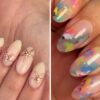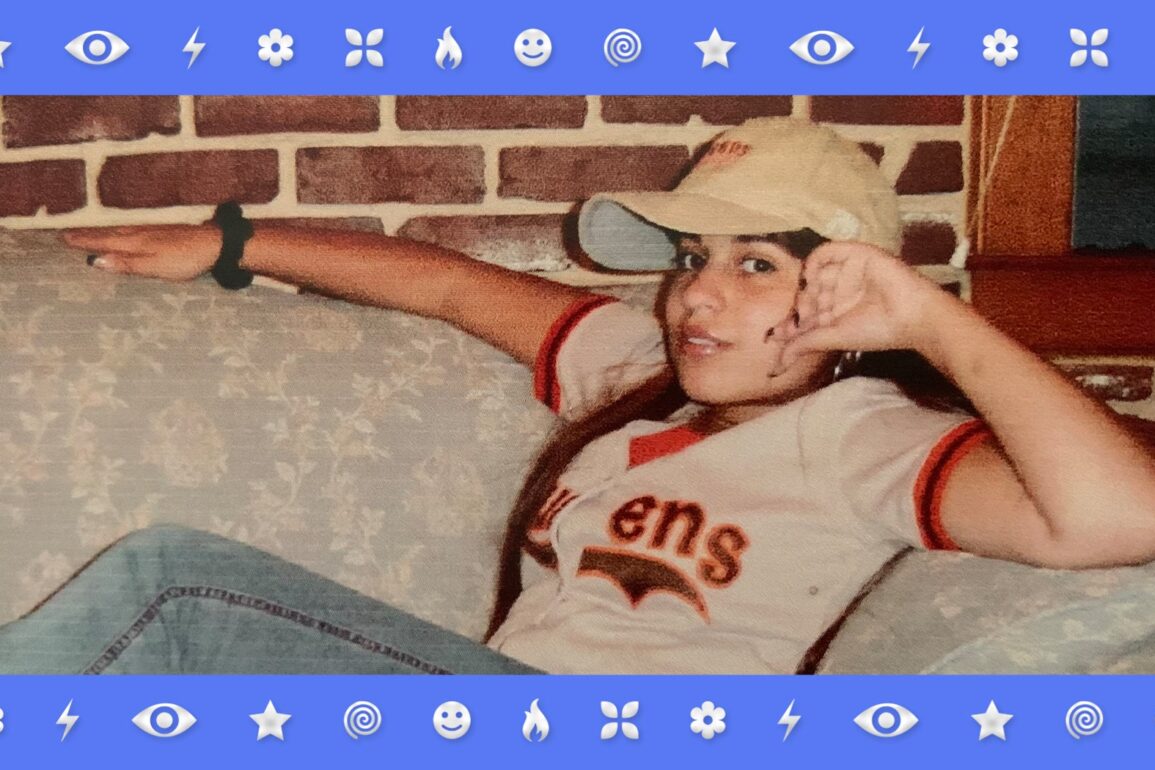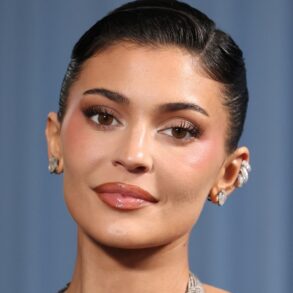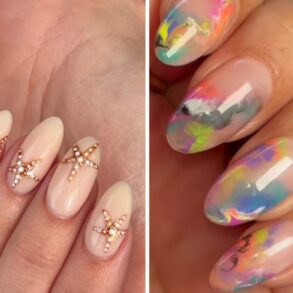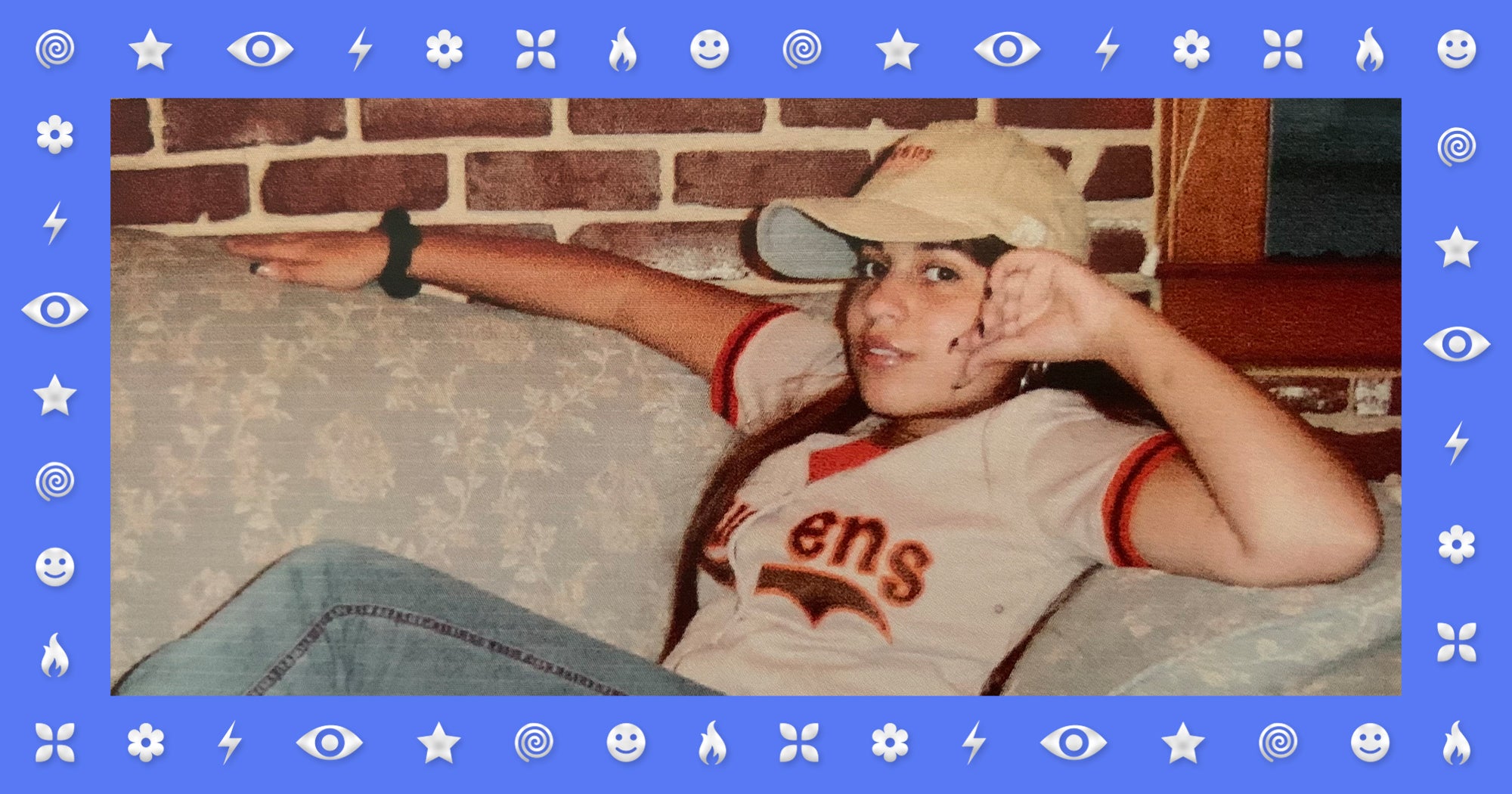
For much of my life, I have found myself sitting in a salon chair every two weeks, getting my nails clipped, my cuticles nipped, my acrylics filled, and my hands painted into an elaborate work of art.
This self-adornment practice started back when I was 12 years old. Growing up in East Orlando in the early 2000s, my mom would drive us to a house painted in an Easter egg peach where a señora with a makeshift studio in her living room would do our manicures. With Wisin & Yandel playing on her home speakers, conversations about Fulano discussed in Puerto Rican-accented Spanish, and a toddler who shared my name crawling on the floor, I’d conceive my next nail look. A time before Pinterest and Tumblr, I had to get creative, whether with 3D flowers, pierced nails, or an airbrushed look. Whatever design I came up with had to secure my superlative reign as the best-dressed girl at Union Park Middle School.
At the time, the ritual of acrylic manicures was threefold: my earliest self-care routine, a bonding moment with my mother, and the development of my personal style through a kind of bodily art that evoked conversation and camaraderie among my peers made up mostly of other Latine and Black Caribeñas.
It wasn’t until I left my ethnic enclave in Orlando’s eastside that I realized that the nail art that aroused admiration and desire in my community was deemed cheap and gaudy among other (read: whiter and more affluent) crowds. In Florida, there’s a word to describe the kind of young Latina girl I was, and it wasn’t ever used as a compliment: chonga.
In Aesthetics of Excess, Jillian Hernandez defines chonga as a colloquial term that originated in Cuban-American Miami that “expresses indifference toward portraying as an assimilated white middle-class identity by embracing intricate and dramatic modes of hair, nail, and makeup stylings that signal ethnic difference.” According to Hernandez, “reflective of poor and working-class urban spaces, chonga bodies signal class disparity.”
In other words, chongas use their bodies as art canvases, accentuating their ethnic, cultural, and class difference by painting themselves with whatever inexpensive drugstore makeup or home nail salon manicures they could afford. It’s adornment that signals cultural pride, self-defined femininity, and a communally understood sense of style and cool. But in a white supremacist dominant culture that values unattainable high art, chonga artistry is ridiculed and even criminalized.
There are other words to describe this deviant mode of embodiment: In Puerto Rico, there’s cafre. In the Northeast, there’s the around-the-way girl. And on the West Coast, there’s the chola. In every case, these words are used to describe young racially or ethnically marginalized girls who have found beauty, self-expression, identity, and meaning in resisting the racialized classed rules of a neoliberal society—and that is dangerous to the white status quo.
Historically, communities of color, and especially women of color, have been scorned, feared, and violated for distancing themselves from European beauty standards and art values. It can be argued that aesthetic indulgence begins with the shade and size of our very bodies. Curvaceous Black and brown bodies have long elicited envy-disguised-as-disgust by white women and brutal conquest from white male imperialists and sex tourists. When we adorn our bodies with hyper-feminine, long, vibrant acrylic nails or sparkling golds, we deviate further from a Euro-high culture that abhors anything and anyone that glistens under the sun. This minimalist, quiet luxury aesthetic shouts class inequality.
Moving to New York and Washington, DC, to build a career for myself in magazine journalism, there was a time when I internalized the racialized and classed messages of high-brow and low-brow art, a time when I believed plain gel manicures were more professional and less intimidating to a world outside of my Caribbean neighborhood in the South. But, as history has shown repeatedly, the establishment will mock Black and brown aesthetics until it’s profitable. Now, many of the same lifestyle platforms I worked for or freelanced at publish Y2K beauty content for a Gen Z audience obsessed with chonga, chola, around-the-way girl, and cafre nail stylings. While many have swapped acrylics for less-toxic manicures like Gel-X and press-ons, the looks are as long, squared, and bedazzled as they were in working-class neighborhoods in the early aughts—except, everyone’s donning the styles.
Coming home to Orlando six years ago has, in many ways, marked a return to myself—including my years-long relationship with ornate nail art. When I visit my nail salon on East Colonial each month, current reggaeton hits and 2000s R&B chart-toppers play behind enthusiastic conversations in Caribbean-accented Spanish and Haitian Creole. The Vietnamese owners know me, like the rest of their clients, by name but don’t hesitate to call us “mami.” As artists, they appreciate our requests for intricate designs, taking photos of each of our freshly-manicured hands like they belong in the Louvre. And while such institutions may never see the beauty, creativity, identity, and belonging in our art, we don’t need them to. We do. We always have.
As I type, I look down at my acrylic nails and smile. The colors range from yellow to orange to white. Some nails have painted flowers gracing the surface, while others boast French tips. I got them this way to match the cover of my new book. But looking at them now, I’m reminded of one of my earliest nail looks: a yellow, 3D-flower French manicure I donned with such style and confidence as a tween on the block. I gloat, knowing that inner-chongi is forever with me.
This post was originally published on this site be sure to check out more of their content.


